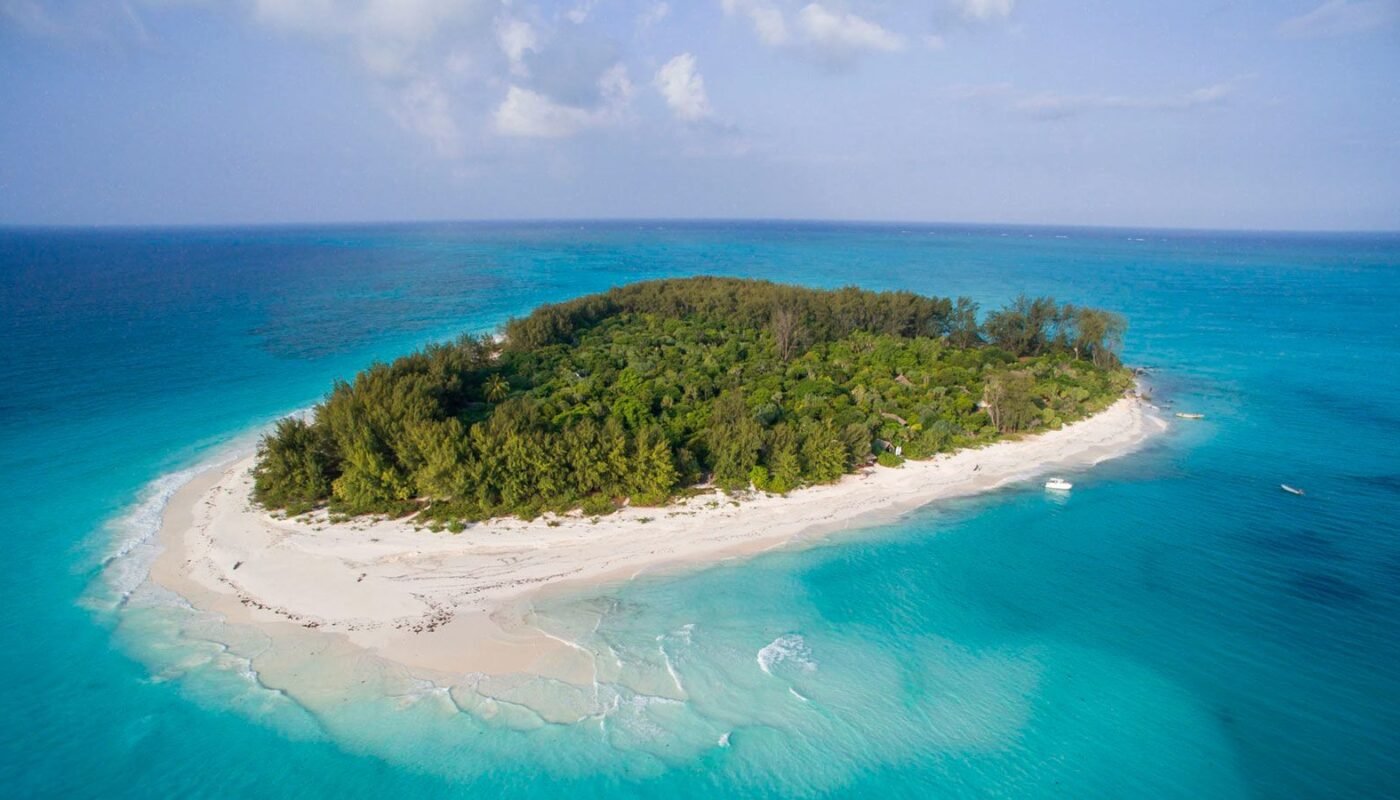Zanzibar Island, known as “The Jewel of the Indian Ocean,” is a breathtaking paradise located off the coast of Tanzania. With its pristine beaches, rich history, and vibrant culture, Zanzibar offers an unforgettable travel experience for every type of traveler.
1. Introduction to Zanzibar Island
Zanzibar Island, also called Unguja, is the largest island in the Zanzibar Archipelago, located 25-50 kilometers off the coast of mainland Tanzania. Surrounded by the warm, clear waters of the Indian Ocean, Zanzibar is home to about 1.3 million people and covers approximately 1,464 square kilometers.
2. The Rich History of Zanzibar
Zanzibar’s history is deeply rooted in trade, particularly in spices and slaves. Today, visitors can explore this rich past, especially in the historic Stone Town.
Stone Town: A UNESCO World Heritage Site
- Architecture: A mix of Arab, Persian, Indian, and European styles.
- Key Landmarks: House of Wonders, Old Fort, Sultan’s Palace.
The Spice Trade
- Nickname: “Spice Island” due to its history in spice production.
- Main Spices: Cloves, cinnamon, nutmeg, black pepper.
- Experience: Take a spice tour to learn about these aromatic plants.
3. Zanzibar’s Stunning Beaches
Zanzibar is renowned for its beautiful beaches, which offer soft white sand, turquoise waters, and swaying palm trees.
Nungwi Beach
- Location: Northern tip of the island.
- Vibe: Lively with beach bars, restaurants, and stunning sunsets.
Kendwa Beach
- Location: Near Nungwi, but quieter.
- Activities: Ideal for swimming, sunbathing, and full moon parties.
Paje Beach
- Location: Southeastern coast.
- Attraction: A top kite surfing destination with steady winds and shallow waters.
4. Exploring Zanzibar’s Marine Life
The waters around Zanzibar are rich in marine life, making it a prime destination for snorkeling and diving.
Mnemba Atoll
- Location: Off the northeastern coast.
- Highlights: Marine conservation area, vibrant coral reefs, and dolphin encounters.
Chumbe Island Coral Park
- Location: Southwest of Zanzibar.
- Specialty: Pristine coral reefs, eco-friendly accommodations, and sustainable tourism.
5. Zanzibar’s Unique Culture and Traditions
Zanzibar’s culture is a blend of African, Arab, Persian, and Indian influences, creating a unique cultural landscape.
Swahili Culture
- Ethnicity: Swahili people are the predominant group.
- Language: Swahili, a blend of Bantu, Arabic, Persian, and Indian elements.
Zanzibar Cuisine
- Influences: A mix of African, Arab, Indian, and European flavors.
- Must-Try Dishes: Zanzibar pizza and Biryani.
6. Festivals and Events
Zanzibar hosts various festivals that celebrate its culture, history, and natural beauty.
Zanzibar International Film Festival (ZIFF)
- When: Annually in July.
- What: Films from across Africa and the world, music performances, workshops, and art exhibitions.
Mwaka Kogwa
- Where: Makunduchi village.
- What: Traditional Swahili festival marking the new year in the Shirazi calendar, featuring mock fights and cultural performances.
7. Adventure and Exploration
Zanzibar offers more than just beaches—it’s a playground for adventurers and nature lovers.
Jozani Chwaka Bay National Park
- Highlights: Home to the rare Zanzibar red colobus monkey and offers nature walks and birdwatching.
Dhow Safaris
- Experience: Traditional sailing adventures along Zanzibar’s coastline, snorkeling, and seafood lunches on deserted islands.
Prison Island
- History: Former slave prison and quarantine station.
- Attractions: Giant tortoises and guided historical tours.
8. Zanzibar’s Sustainable Tourism
Zanzibar is committed to sustainable tourism that protects the environment and supports local communities.
Eco-Friendly Accommodations
- Practices: Renewable energy, minimizing waste, and supporting local communities.
Community-Based Tourism
- Offerings: Cultural tours, homestays, and craft workshops that provide an authentic experience and support local livelihoods.
9. Planning Your Trip to Zanzibar
Here’s what you need to know when planning your visit to Zanzibar.
Best Time to Visit
- Dry Season (June to October): Ideal for beaches, diving, and outdoor activities.
- Rainy Season (March to May, November to December): Fewer tourists, lower prices, with occasional showers.
Getting There
- By Air: Zanzibar’s international airport (ZNZ) receives flights from major cities in Africa, the Middle East, and Europe.
- By Ferry: Ferries from Dar es Salaam take about two hours.
Accommodation Options
- Variety: From luxury resorts to budget guesthouses.
- Popular Areas: Stone Town, Nungwi, Kendwa, Paje—each offering unique attractions.
10. Conclusion: Why Zanzibar is the Jewel of the Indian Ocean
Zanzibar Island is a destination like no other, offering stunning beaches, rich history, vibrant culture, and diverse wildlife. Whether you’re seeking adventure, relaxation, or cultural immersion, Zanzibar is a place you’ll want to visit again and again. Plan your trip to this enchanting island and discover why it’s truly the “Jewel of the Indian Ocean.”
Key Readability Enhancements:
- Short Paragraphs: Keeps information bite-sized and easy to absorb.
- Clear Headings/Subheadings: Helps readers quickly navigate through the content.
- Bulleted Lists: Simplifies complex information and improves scanning.
- Simple Language: Avoids jargon and keeps sentences concise.
- Consistent Format: Ensures the text flows logically and is visually appealing.
These improvements will help keep readers engaged and make the information more accessible, ultimately enhancing the overall readability of your blog post.
4o


